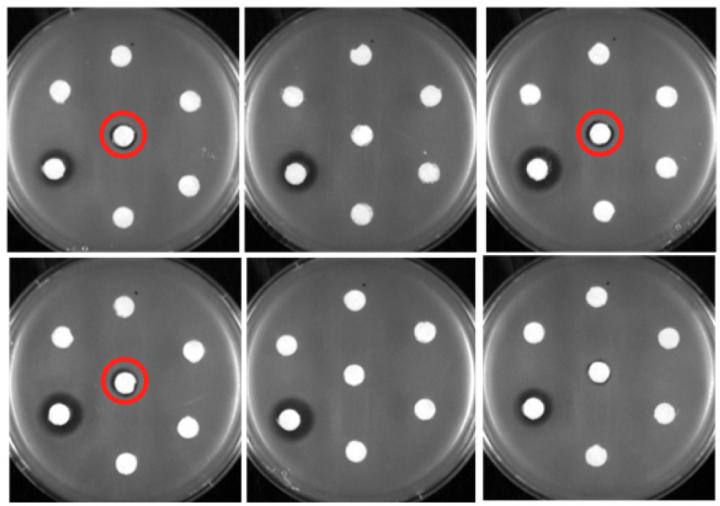Researchers use E. coli to develop new analogs of antibiotics
Escherichia coli was used successfully to create new analogs of antibiotics, including three with bioactivity against an erythromycin-resistant strain of Bacillus subtilis, according to recent findings.
“We’re focused on trying to come up with new antibiotics that can overcome antibiotic resistance, and we see this as an important step forward,” researcher Blaine A. Pfeifer, PhD, associate professor of chemical and biological engineering at the University at Buffalo School of Engineering and Applied Science, said in a press release. “We have not only created new analogs of erythromycin, but also developed a platform for using E. coli to produce the drug.”
In the study, Pfeifer and colleagues used an approach termed heterologous biosynthesis to reconstruct the erythromycin pathway through E. coli. They introduced 16 tailoring pathways, effectively yielding a second generation of eight deoxysugar pathways and an additional four chiral partner substrates. For five of these routes, there was no precedent in available pathway architecture.

Figure 1. The white filter disks holding antibiotics sit on petri dishes housing erythromycin-resistant Bacillus subtilis. The filter disks circled in red hold new forms of erythromycin created by University of Buffalo researchers, and the dark halo around them indicates that the drug has seeped out of the disk to kill the surrounding bacteria.
Source: Guojian Zhang
The formation of more than 40 analogs for each new pathway underscored the malleability of downstream enzymes in producing fully tailored final products. Moreover, three of the ensuing analogs displayed bioactivity against an erythromycin-resistant strain of B. subtilis.
According to the researchers, these findings suggest the opportunity for ongoing molecular diversification of downstream tailoring pathways.
“The system we’ve created is surprisingly flexible, and that’s one of the great things about it,” Pfeifer said in the release. “We have established a platform for using E. coli to produce erythromycin, and now that we’ve got it, we can start altering it in new ways.” – by Jen Byrne
Disclosure: The researchers report no relevant financial disclosures.
